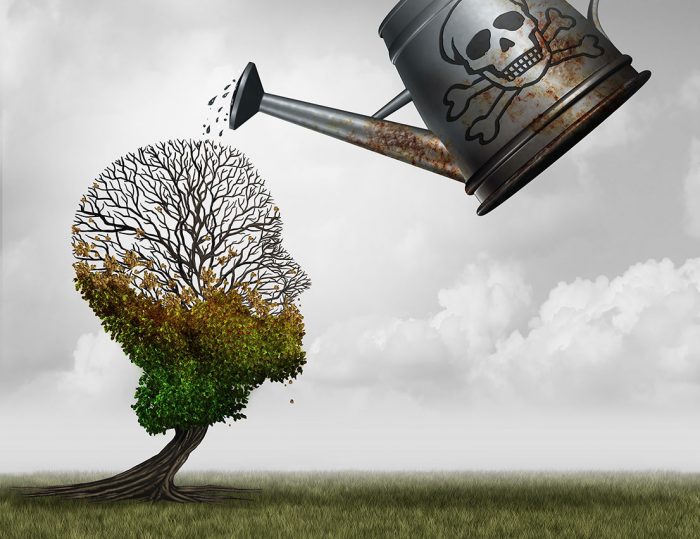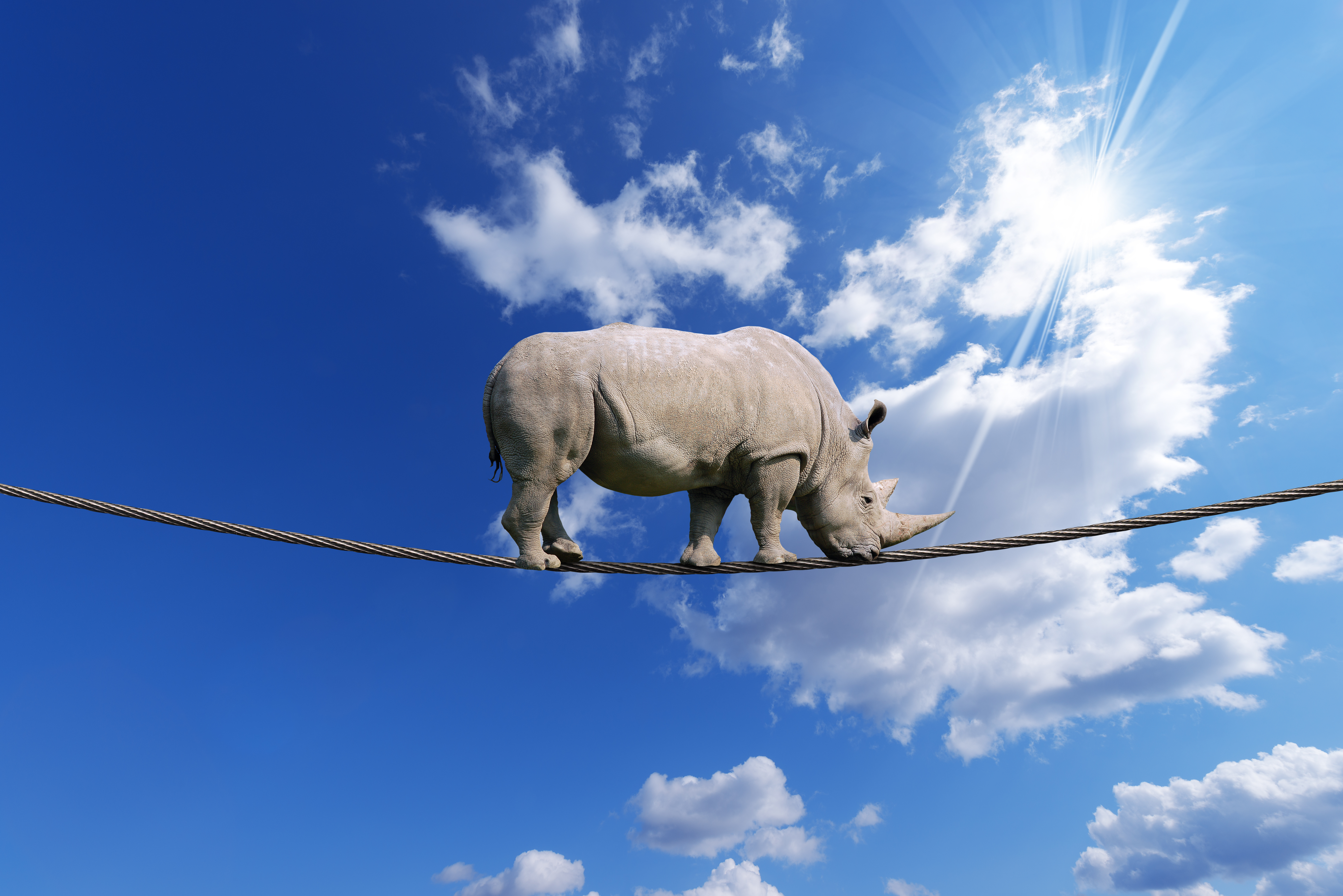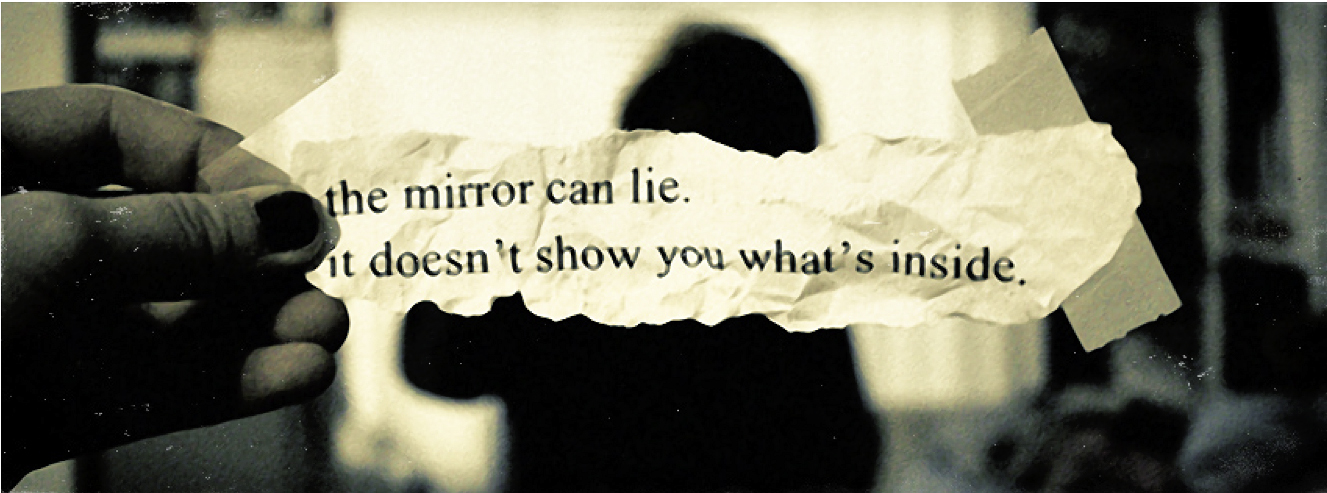Vigilant mask-wearing is being credited with preventing spreading the virus. Dr. Robert R. Redfield, the director of the CDC, said in his interview with the Journal of the American Medical Association, that if all Americans embraced rigorous mask-wearing, our country could control the virus within one to two months.
Why, like so many others are asking, is it so hard to put on a mask? Stand your ground? For what? They’ve become a flashpoint—a personal statement. Become an inflection in the virus culture wars. Including political ones as well—firm resistance in many circles, some Republican leaders who view face-covering requirements as a threat to personal liberty. A bridge too far, fearing the measure of face-covering, lacks public support.
Here’s the mokita in this all—Trust Your Neighbor but Brand Your Stock.
Georgia Gov. Brian Kemp on Thursday sued to stop Mayor Keisha Lance Bottoms from enforcing a mandate to wear a face-covering in public, alleging she lacked the authority to implement this requirement. Even as the state experiences a sharp rise in coronavirus cases, Kemp asserts Bottoms must obey his executive orders, including another one signed on Wednesday that explicitly bans municipalities from enacting their face-covering ordinances. As the mayor, the suit says, Bottoms “does not have the legal authority to modify, change or ignore Governor Kemp’s orders,” only to carry them out. This disobedience affronts the rule of law. These atmospherics and optics are other examples of a pervasive ignorant command-and-control landscape in this pandemic. Certainly not Agile.
“We all have a blind spot and it’s shaped exactly like us.” —Junot Diaz

Georgia Gov. Kemp, like Missouri Gov. Parson, like President Trump, like Vice President Pence, and all actors like them, certainly are no authentic change agents—other than to use the Taser approach (for political and self-serving gain) to change management and behavior modification. Versus managing change—managing the human side of change. Something they know little to nothing about as senior managers for navigating us through this pandemic or managing authentic behavior change.
Change management nor managing change does not equate with project management. Neither does project management equate with change management or managing change. Promises of change and resulting change resistance create situations of change fatigue, uncertainty, vulnerability, fear, waterfall versus agility. Me versus them intergroup competition that shapes ingroup psychology. A top-down, command-and-control approach to leadership, says Hal Gregersen, “can become an extremely dangerous Achilles heel for any leader.”

Such as blind spots, mokita, and breaking free of normalizing the abnormal (it’s still abnormal!), tearing at a social fault line for political gain. A President who makes no secret of the fact that for him, at this moment, reelection is at center stage instead of chained in the cave thinking and how to break free from it. Who acknowledges the problematic reality of this pandemic as a hard sell and claims the COVID virus is “going to sort of just disappear.” Enabling or even authoring messaging that masking up is intrinsically weak, liberal and un-American, and insisting that Americans who wear face coverings are trying to hurt President Trump politically
“Cancer doesn’t have much foresight, so it kills its hosts, which kills it. Cancer is suicide from the inside out. That’s what you are, Beth.” —Jamie Dutton, Tombstone, Paramount Network
Rebellion, as Stephen Collinson and Caitlin Hu, say, is part of our country’s political DNA. So I guess it’s okay for someone to burn a mask in a frying pan in a Facebook video because the mandatory mask use infringes “our freedoms.” Others refuse to wear one even though they have lost family to the virus, or top health officials receive death threats over the issue.
Yes, like everyone else, I too feel powerless, my autonomy and freedom are being taken away. Yes, as my colleagues in the mental health space assert, it does remind me and feel like my parents or boss telling me what to do.
Get over it. If others of us act like those refusing to mask up, are acting like a child or employee who does not have the sense of autonomy to manage their own life? It is because they are not. It is because this twisted behavior contaminated by gaslighting drives a course of action and end state as a clear signal of devaluation and disrespect. It is taking this manipulation by psychological means and normalizing the abnormal (it’s still abnormal!), creating a narrative that says, ‘There’s no need for me to wear a mask.’

“We have created such inconsistency in the messaging … that we have created a communication mess — a communication disaster, to be honest with you.” —Surgeon General Jerome Adams
What is the core messaging aligned with this infectious disease? It is the nature and limits of human identity, human behavior, managing authentic human-centric change, fundamental to social and earthly well-being.
Change is deeply personal in this pandemic journey. Anxiety and uncertainty are taking a toll on individuals. Some are thriving, some are surviving, and the need for support and self-care is higher than ever before. An easing of restrictions is marking new beginnings emerging from lockdowns lifting. Recovery looks different in different places. People are thinking, feeling, and responding differently. We need to look at this time as an opportunity to recenter, review, and replan.
“We must manage better the human side of change where people just aren’t going to inconvenience themselves unless we’re forced to.”
Sink or Swim: The Story You Tell Matters

Toxic narratives begin with leadership seeing only what they want to believe, hearing only what they want to think. This modus operandi enables them to normalize dangerous ideas throughout their (and our) landscape. Leaders like these who are aware of the toxic narratives they perpetuate often navigate into a haze dead ahead. Full of grazing icebergs and jagged underwater blind spots that can slash into the hull at the heart of our federal government, state, and local ones, including our well-being, and families as well.
The Power of Narrative
It’s not our leaders’ fear standing in the way of progress in Trust, Your Neighbor, but Brand Your Stock; it is thousands of small, missed opportunities when we do not or are not encouraged to speak up and share our insights. “A riot,” said Martin Luther King, in his address given on December 31, 1963, in Birmingham, Alabama, “is the language of the unheard.”
In fear-based environments, says Susan Tardanico, it is about protecting the status quo. And the power of its narrative. It is not about envisioning a better way, a better solution, a better product, and approach it with determination and an open mind. Knowing this course of action will be messy, or a mid-course correction could be necessary. Trust Your Neighbor, but Brand Your Stock does not recognize the need to bring people along the change process for them to engage genuinely.

Sociocultural systems, Jamshid Gharajedaghi, stresses, manifest higher inertia and resistance to change than do their members. The power of narrative in this context is a system of stories that reveal a sociocultural system’s identity, myths, themes, and archetypes. A narrative such as Trust Your Neighbor but Brand Your Stock often appears in intangible ones, passed by mouth. Such as the ones in President Trump’s meandering monologues, Sarah Sander’s hopes to be remembered for her transparency and honesty, and Kayleigh McEnany’s briefings as case studies in gaslighting, whataboutism, and false claims
These narratives also are communicated through metaphors like face-covering requirements that stand in for a story or set of stories. Narrative validity helps to understand what a culture’s narratives reveal about that culture. Coherence—how do the parts of the story or stories fit together? Fidelity—is the story plausible, or is there something more symbolic afoot?
Truly understanding what a cultural narrative means, to the people who subscribe to it, says, Beret E. Strong can illuminate deeply-held values, attitudes, and goals. The co-existence of narratives and counter-narratives, he claims, reveal areas of political disagreement and potential unrest.
Most of the political discourse on face-covering requirements are organized around people’s ability to “reevaluate, revisit, or reject claims, the arguments, and often the conceptual foundations of competing ideologies.” Like Trust Your Neighbor but Brand Your Stock with face-covering requirements.
Influence Efforts and Change

Fundamental default values of a given sociocultural system such as Trust Your Neighbor but Brand Your Stock, and face-covering requirements, are deeply rooted and often very hard to change. This course of action often leads to inertia in the system for authentic behavior change.
A system’s deep attachment to its sacred values, as they are in Trust Your Neighbor but Brand Your Stock, face-covering requirements, reveal why it is hard for these sociocultural systems, caught up in the political discord, to change. And why it is even harder for an outside element to try to create authentic change.
The shared collective image held sacred by members of sociocultural systems, insists Jamshid Gharajedaghi, must be altered for a cultural shift to be accepted and to endure. This composite image of Trust Your Neighbor but Brand Your Stock, face-covering requirements, is embodied in narratives, cultural processes, gender roles, cultural orientation, heritage, history, and political discourse.
Why Can’t Authentic Change Stick?
Resistance to and Capacity for Change
Fear of rejection and a strong tendency toward conformity among members of the social systems of Trust Your Neighbor but Brand Your Stock, face-covering requirements, are essential obstructions to social change. Kent Glenzer, says, “The stickiness of institutions—rules of the game—is fundamental to the survival of human groups.” It is for good reason that, once established, he claims, the rules are very, very difficult to change.
Stickiness in Trust Your Neighbor but Brand your Stock, face-covering requirements, is reinforced by the reflexive relationships between authority like President Trump, Georgia Gov. Kemp, and all actors like them, over resources and the social order. People and groups, Kent Glenzer, contends, rarely willingly give up what they possess or control for some idea of the greater good.
Self-Reflection Is an Essential Part of Becoming Good Cultural Thinkers

Inherent in how people perceive others in Trust Your Neighbor but Brand Your Stock, face-covering requirements, are the cultural and perceptual biases that govern people’s habits of thinking and perceiving. This course of action starts with understanding the realm of cognitive biases, nonverbal communication, and differences between collectivist and individualist cultural orientations driving the command-and-control landscape aligned with Trust Your Neighbor but Brand Your Stock and face-covering requirements.
Social perspective-taking in this atmospherics and optics is critically important because, as research is showing, successful communication depends on understanding the thoughts and feelings of other people in this pandemic journey. Discern, what is ethical, complicated, and above all, authentic.
It starts with confronting our assumptions regarding Trust Your Neighbor but Brand Your Stock, face-covering requirements—the authoritarianism that is growing stronger. A handful of incredibly wealthy people exerting enormous economic and political power. Trading labor and well-being for money. A pervasive ignorant command-and-control by actors like President Trump and his cohorts are moderating ways forward through this pandemic. And a great deal of not very useful ideology and gaslighting to divide our country—face masks, it seems, have become a new fault line in America.
Resilience and Vulnerability
Human culture, human-centric design, and managing the people side of change—stand at the center in the process of change and recovery in this pandemic. Change is a challenging process. So is diversity and inclusion.
It is easier for one person to change their mind than it is to get a complex system to change because human culture stands at the center of the process of change with managing COVID-19 and this pandemic journey.
The equation of COVID-19 and this pandemic journey is one of system capacities, system stressors, the nature and degree of change, and the outcomes.
Rapid change is a stressor, while institutional capacity is supposed to, and expected by all of us, be a stress absorber, not another additive to our ongoing change fatigue.
Behavior is a manifestation of sociocultural systems. These sociocultural systems offer instructive advice and insights to mitigate the problematic effects of many cognitive biases surrounding COVID-19 and this pandemic journey
What we cannot afford is not having multiple and diverse sources of information, including the authentic strategic selection of varied and inclusive vital informants. Creating and vetting various hypotheses, managing wisely all efforts at change. And taking enough time, because change is hard-won and slow, we are discovering in this pandemic journey to reach the other side.
“The world, as we have created it is a process of our thinking. It cannot be changed without changing our thinking.” —Albert Einstein

